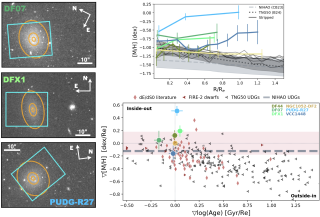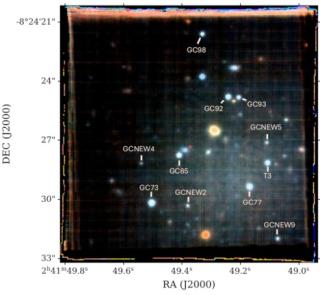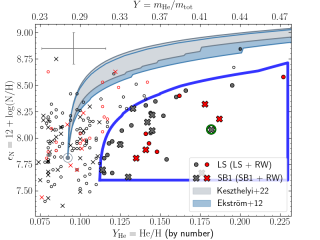The authors show that the surface structure of the primitive asteroid (65) Cybele is covered by a layer of fine anhydrous silicate grains, mixed with smaller quantities of water ice and complex organics, similar to the nonequilibrium phases coexisting on comet surfaces. The co-existence of water ice and anhydrous silicates on the surface indicates that silicate hydration did not occurred, suggesting that the surface temperatures remained low.
The team of researchers is the same that published last April two papers in Nature showing the first evidence of water ice and organic molecules on an asteroid, 24 Themis. Both, 65 Cybele and 24 Themis, are in the same region of the asteroid belt between Mars and Jupiter, at about 3.2 AU. Asteroid 65 Cybele is somewhat larger than asteroid 24 Themis. Cybele has a diameter of 290 km while Themis has a diameter of 200 km.
This discovery suggests that this region of our solar system contains more water ice than anticipated, and it supports the theory that asteroids may have hit Earth and brought our planet a significan part of its water and the building blocks for life to form and evolve here.
More info
(65) Cybele: detection of small silicate grains, water-ice, and organics
Context. (65) Cybele is the most representative member of a population of primitive asteroids in the outer edge of the main belt, the Cybele asteroids. Recent dynamical models suggest that a significant fraction of them originated in the primordial transneptunian disk, so the study of the physical properties of these asteroids is potentially a useful test of these models. Aims. Our aim is to obtain information on the surface composition of this asteroid. In particular we want to obtain information on the composition and properties of the regolith and the possible presence of ices and organic materials. Methods. We present 2–4 μm and 5–14 μm spectroscopy of (65) Cybele obtained with the NASA IRTF telescope and Spitzer Space Telescope respectively. We compare the results with spectra of Trojan asteroids and asteroid (24) Themis. We analyze the 2–4 μm spectrum using scattering models and we apply thermal models to the 5–14 μm data. Results. The 2–4 μm spectrum of (65) Cybele presents an absorption band centered at ∼3.1 μm and more weaker bands in the 3.2–3.6 μm region, very similar to those observed in (24) Themis. No hydrated silicates are detected. From the spectrum in the 5–14 μm region an effective diameter D = 290 ± 5 km, a beaming paramete η = 0.967 ± 0.014, and a geometric visible albedo pV = 0.05 ± 0.01 are derived using the NEATM thermal model. The emisivity spectrum in the 5–14 μm range exhibits an emission plateau at about 9 to 12 μm with an spectral contrast of ∼5%. This emission is similar to that of Trojan asteroids and active comets and may be due to small silicate grains being imbedded in a relatively transparent matrix, or to a very under-dense (fairy-castle) surface structure. The lower amplitude of the silicate emission in Cybele’s spectrum with respect to that of Trojan asteroids could be attributed to larger dust particles and/or a slightly denser structure. Conclusions. The surface of (65) Cybele is covered by a fine anhydrous silicate grains mantle, with a small amount of water ice and complex organic solids. This is similar to comet surface where non-equilibrium phases coexist. The presence of water-ice and anhydrous silicates is indicative that hydration did not happened or is incomplete, suggesting that the temperatures were always sufficiently low.


